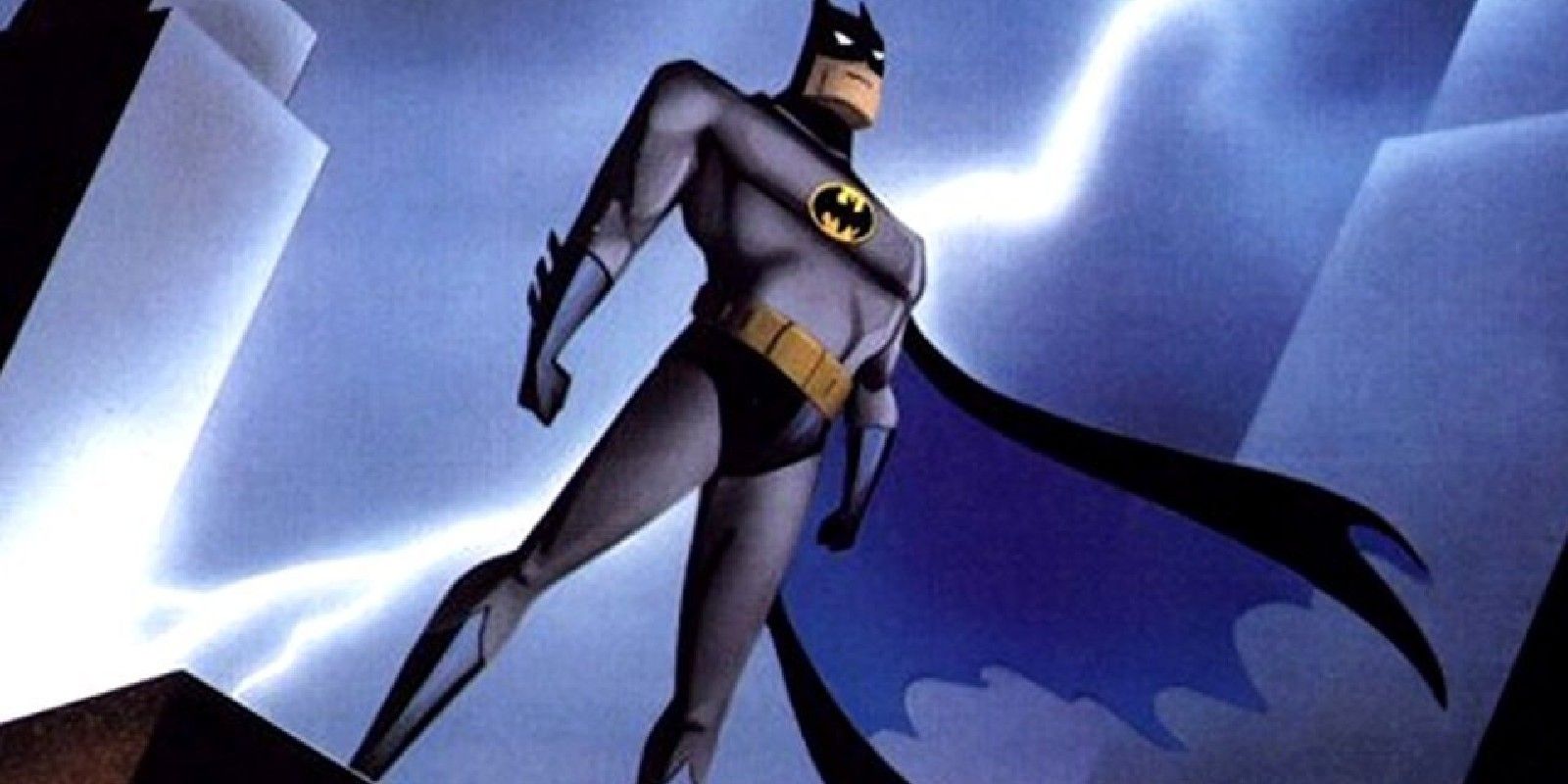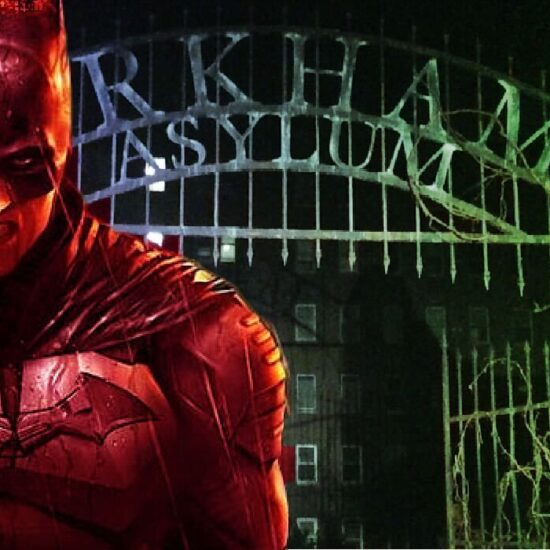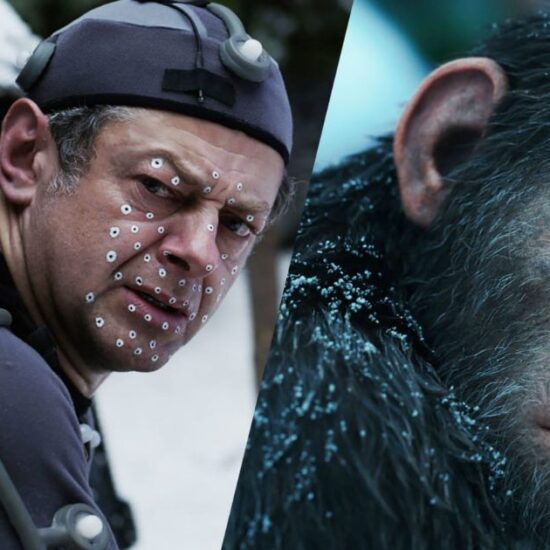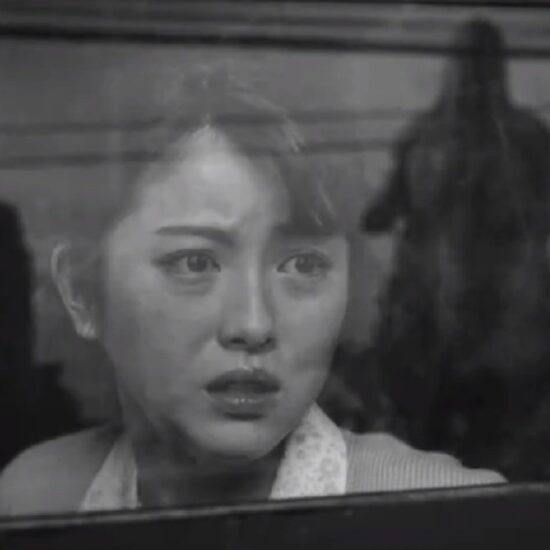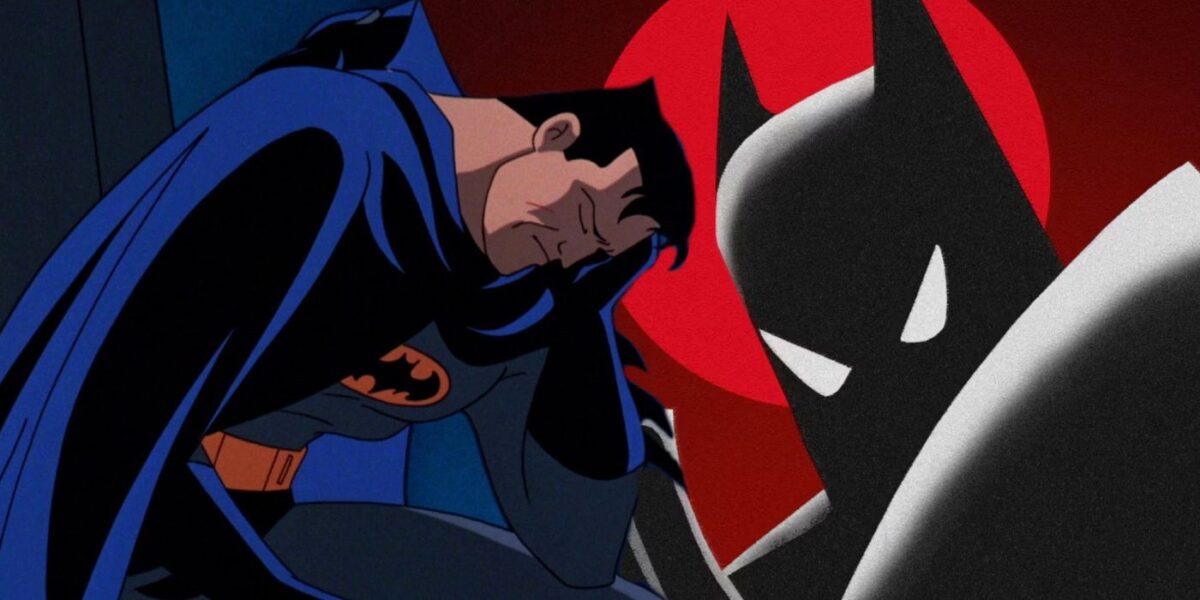
Summary
- The heavy censorship of Batman: The Animated Series actually helped the show by forcing the writers and artists to be more creative in overcoming their restrictions.
- The censorship resulted in more threatening villains and darker storylines, as the show had to find alternative ways to depict violence and murder without directly showing it.
- Despite the censorship, Batman: The Animated Series remains one of the most comic-accurate and well-written Batman adaptations, surpassing many live-action versions and introducing a generation of viewers to the Batman mythos.
The heavy censorship of Batman: The Animated Series, ultimately, helped the DC show more than hurt it. The Batman Animated Series was released in the early 1990s on Fox and, since it was a children’s show, was forbidden from depicting specific types of violence or actions that younger viewers might attempt. The Batman Animated Series remains one of the most beloved adaptations of the Batman comics to this day, and part of the show’s success was its creativity, which became a necessity due to its restrictions.
After the overwhelming success of 1989’s Batman changed the landscapes of both superhero films and summer blockbuster films writ large, a sequel was inevitable and WB hoped to make lightning strike twice with 1992’s Batman Returns. While the summer of 1989 was defined by Batman being marketed in nearly every conceivable form (“Batmania”), the film was not accompanied by an animated series spinoff. Batman Returns was, however, and while Returns itself was mired in controversy and thus did not replicate the success of its predecessor, the Batman Animated Series became a hit that expanded into the beloved DC Animated Universe.
Why Batman: The Animated Series’ Censorship Was Good
Fox censored the Batman Animated Series in nine specific ways, with Mark Hamill once humorously noting that the censors did not want to depict stunts that younger viewers might attempt or weapons they might have access to. For instance, handguns were forbidden, but submachine guns were allowed because the latter were more difficult to access. This, unintentionally, made characters like The Joker more threatening, as he would be armed with a deadlier weapon when attacking Batman. Writers and artists like Paul Dini and Bruce Timm would work around their limitations and, through their creativity, make the Batman Animated Series villains more threatening and its storylines darker.
Joker could not be shown directly murdering his victims, so he would typically use his Joker venom instead, which ended up being far more frightening, as his victims would be left with ghastly grins and laughing fits, either dying offscreen or suffering brain damage. When depicting Robin’s origin, Dick Grayson’s parents could not be shown falling to their deaths, so the show instead focuses on Grayson reacting to their murder, making for a more dramatic and heartbreaking scene. Although the revival series, The New Batman Adventures, had far looser restrictions, the best episodes of Batman Animated Series proved time and again that the censorship did not, ultimately, stifle its creativity.
Why Batman: The Animated Series Is Still The Best
The Batman Animated Series is one of the most comic-accurate Batman adaptations, surpassing all live-action iterations except the Adam West and Ben Affleck versions. Moreover, the show was also incredibly well-written, respecting the intelligence of its viewers and frequently providing Batman, his allies, and his rogues gallery with robust character arcs. While it may have begun as a portion of Batman Returns’ marketing campaign, the Batman Animated Series went beyond its origins and introduced a generation of viewers to the Batman mythos. Even with Fox’s censorship, Batman: The Animated Series was never hindered by its restrictions.







